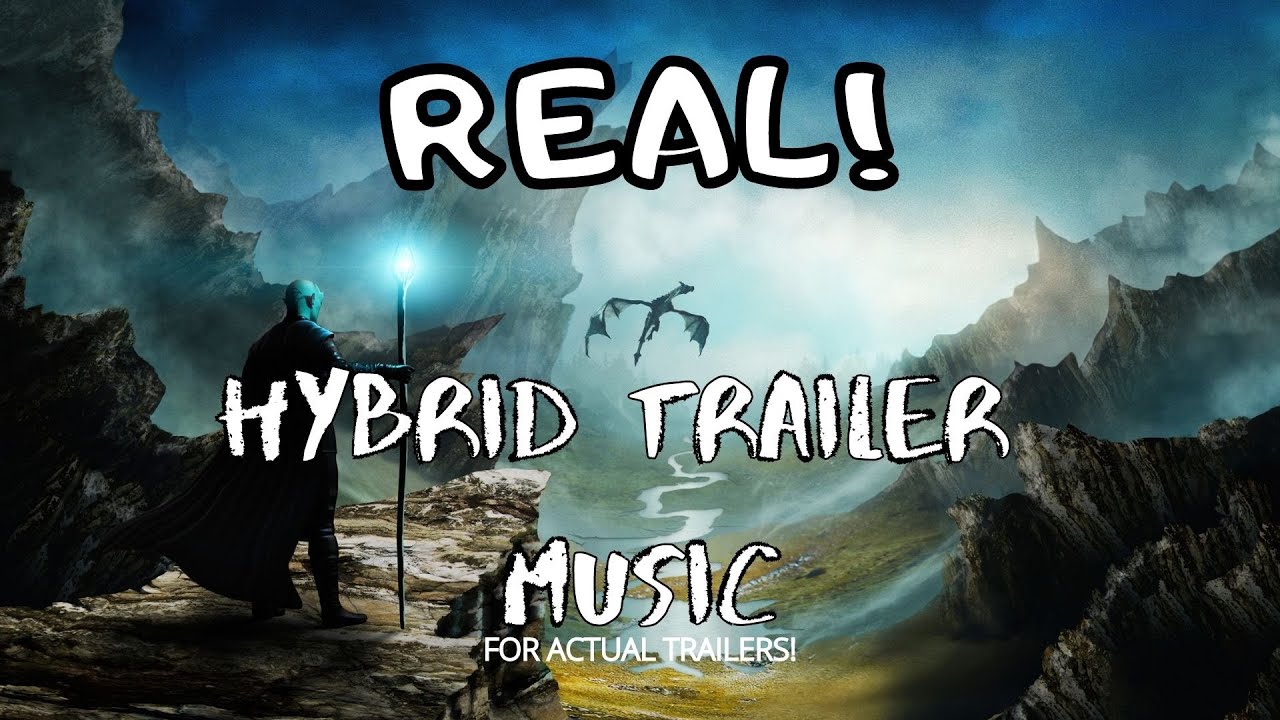Hey everyone,
I thought id upload a track today instead of the second part of the Golden age walkthrough. mainly because it’s going to take a lot longer to make those videos and theres no pressure to upload them in order.
Here we have an authentic piece of trailer music for you though. its one that i haven’t sent to any publishers, and i wrote it specifically to upload so that you could see and hear the amount of detail that goes into these types of tracks. i could have honestly added another 50+ tracks to this but i got it to this pint which is very syncable.
Instead of telling you exactly what went into this particular piece ill give you a detailed breakdown of what YOU NEED to include in your track if you’r wanting to create syncable trailer music like this… as ill be doing a breakdown of this track in the future, so this upload is simply preparation for what is to come… as i’ve realised that if i’m able to upload the track before i upload the “how to” videos then you’ll have a better idea of where i’m going, and not only how i got there. ![]()
So heres a breakdown of the elements and structure youll need to follow.
The track should be in 3 distinct sections.
- Intro
- Exposition
- Climax
- You might want to add a braam section but thats optional as the industry is moving away from this.
5.final section is a stinger. this is a huge riser that is the pinnacle of the track. think of it as a Codetta.
Each section should be bigger than the last. I try to make the intro start between -16 and -14db and get bigger from this in each section. remember that you’ll have to do this by doubling parts a LOT and theres an awful lot of cutting frequencies you don’t need out so that your only using the stuff you need.
Instrument sections you need.
*Strings, Horns and Percussion are your main orchestral elements. 30% of the track
*Hybrid elements (include synths, warped audio, risers and misc percussion) 30% of the track
*Hits and rhythmic heavy percussion 30% of the track
*signature sound (this is any sound that returns and brings the most interest to the piece) 10% of track
Minor Keys are best for this specific style but theres a few great tracks that use Major keys with a hint towards minor keys.
atonal elements are good if you can get them to mix with the tonality… or you can keep it atonal so long as it works.
triplet rhythms work really well for the percussion hits. keep to emphasising the main hits (usually 1 and 3) 4/4 is most used but feel free to mix it up and see what works.
leaving gaps between your sections will make your track more appealing to publishers.
ok guys i really hope that this helps some of you that want to give this style a try. ill say that if you do want to give it a go, just know it will take a long time to get good at it… but what you learn will stay with you for the rest of your composing career. there are so many transferable skills in this genre.

 a lot of people think because trailers have a specific style, they don’t develop except for the layers… that’s just not true. In fact it’s hard to get them to develop enough with working in just one key so be as creative as you can!
a lot of people think because trailers have a specific style, they don’t develop except for the layers… that’s just not true. In fact it’s hard to get them to develop enough with working in just one key so be as creative as you can! I’ll have to re upload in the morning. Not a big issue but annoying haha.
I’ll have to re upload in the morning. Not a big issue but annoying haha. I make them too complicated.
I make them too complicated. I keep starting out good, but then it all just becomes my own thing-not trailer music, or whatever style I’m actually going for.
I keep starting out good, but then it all just becomes my own thing-not trailer music, or whatever style I’m actually going for.
 that’s really encouraging!
that’s really encouraging!